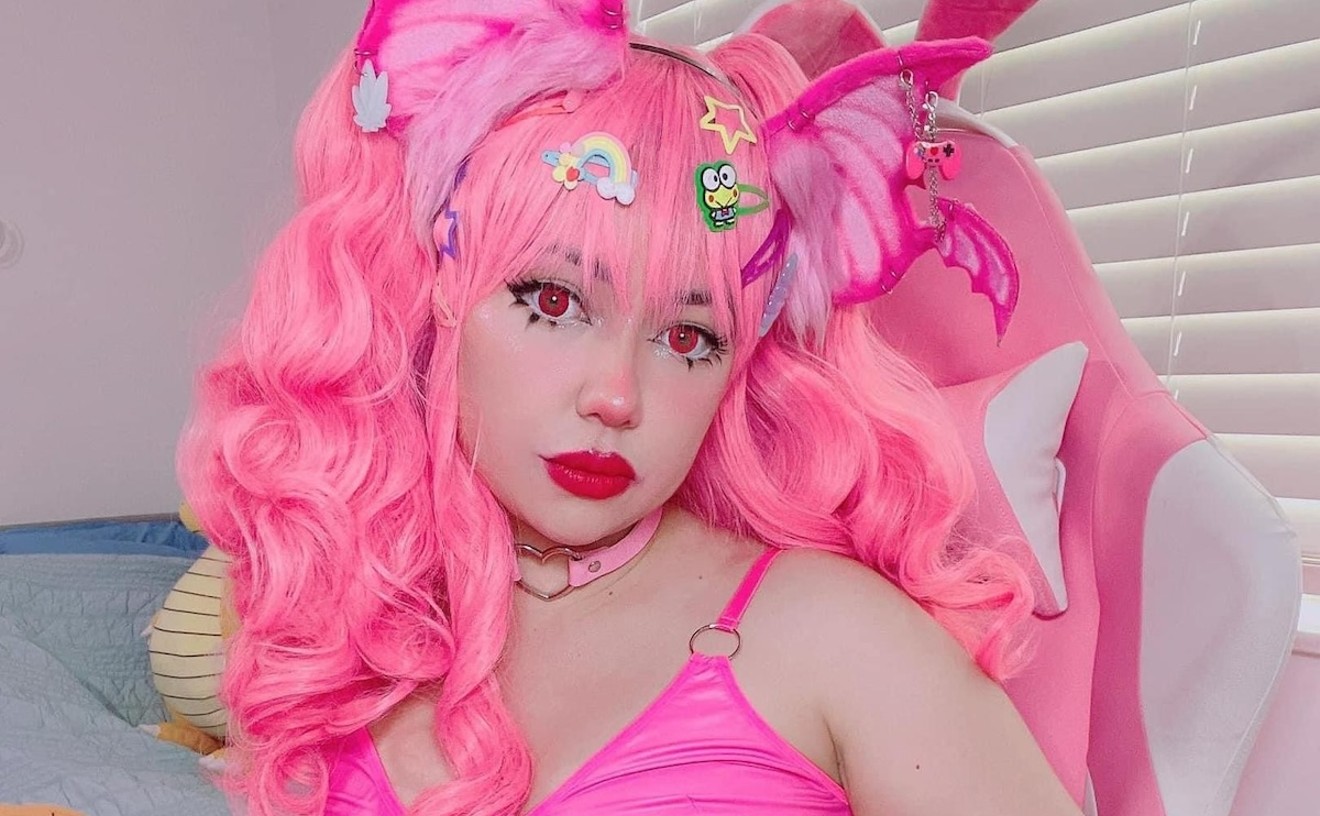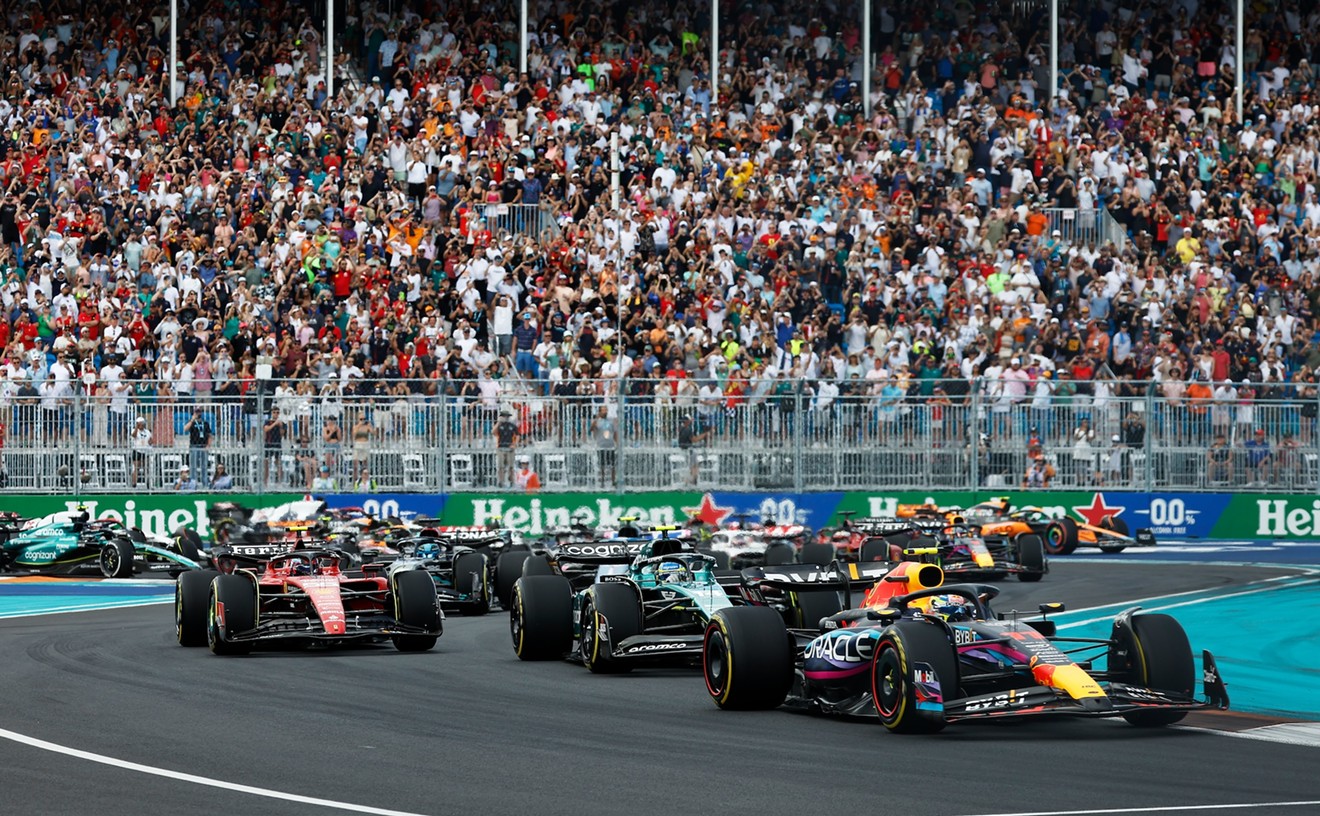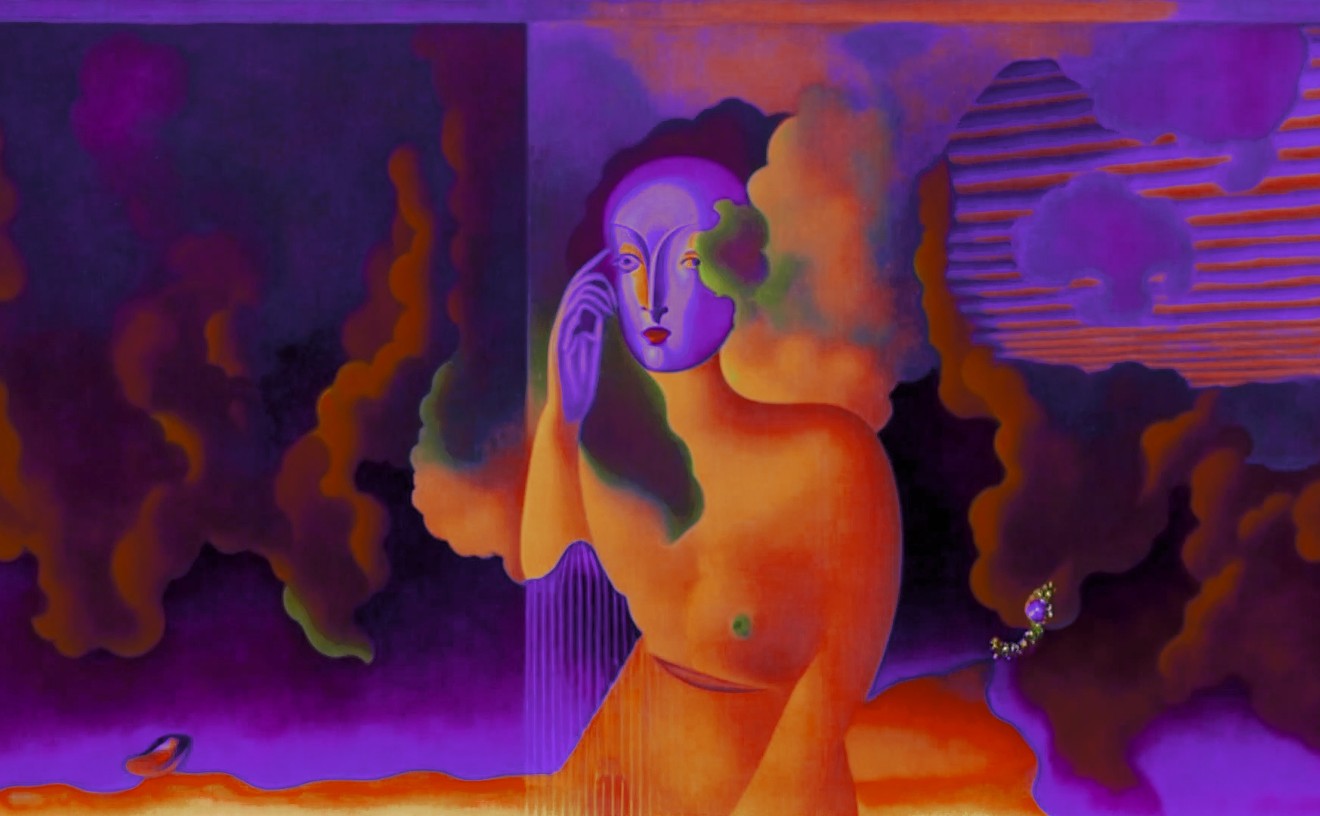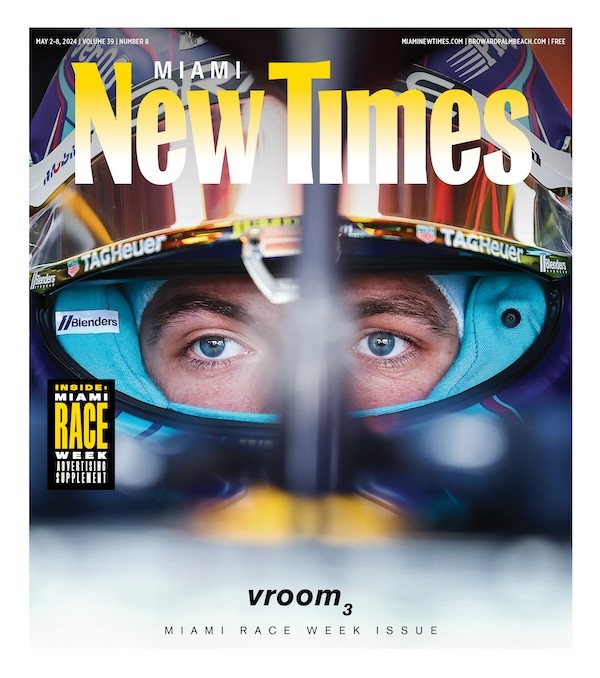The word "flamenco" conjures thoughts of the machine-gun snap of heels, arms arched overhead, the flick of red fabric, and laser-like glares from beneath the starched black brim of a Cordobés hat. At the edges of a bright spotlight sit a semi-anonymous guitarist and singer providing a musical backdrop for the dancer’s sinewy art.
Wife-and-husband team Celia and Paco Fonta would like to change that image. For the Fontas, the power of flamenco stems principally from the singer, not the dancer, and the couple have programmed their 12th-annual Festival de Cante Flamenco, taking place this Friday through Sunday at the Arsht Center, to emphasize flamenco as principally a musical art form.
Flamenco appeared in the South of Spain as a music of exile. The roots of the music come from the cries of suffering experienced by certain communities during the Spanish Inquisition. Telling the story by phone, Celia Fonta explains, “Flamenco was born out of the suffering caused by the expulsion from Spain of the Jews, Gypsies, and Moors, and the music owes its character to the experience of each of these communities.”
For the Fontas, the legend of flamenco’s emergence captures a basic truth: Flamenco is principally a vocal art. “Globalization has caused flamenco to take on many forms as it fused with other art forms," she says. "We find this interesting, but we don’t lose sight of the fact that flamenco is first and foremost a conversation that occurs between singer and guitarist. The dancer accompanies and follows those two.”
The performance of flamenco has much in common with jazz, where informal rules guide the musicians. Because the rules are open-ended, the same songs sound very different from one night to the next.
Both guitarists and singers value spontaneity, explains Paco Fonta, an accomplished flamenco guitarist. "We follow some rules, and we know how it goes," he says. “Every night might be very different because from night to night, someone may decide to do something entirely different. We may decide to give more room to the singer, and in the authentic flamenco performance, the real bosses are the singers.”
At this year’s festival, the “bosses” include vocalists Morenito de Illora, Joselito Montoya, and Rocio Bazan. “One of the great values of this festival is that we can introduce Miami audiences to great flamenco singers who are well known in Spain but not so well known here in Miami,” Paco adds.
The up-close experience of the 200-seat Carnival Studio Theater inside the Arsht Center is a great venue for experiencing flamenco short of a seat at an authentic Spanish tablao (singing club). Though the Fontas find the focus of flamenco in the vocalist, lovers of the dance form need not worry.
“We have invited world-renowned dancer Angel Rojas,” Celia says. “Yes, the dance came later, but of course we bring in the dance for the sake of the audiences. The legend of flamenco tells us how the dance began. First, we had people singing as they worked the anvil, and then they began to tap their feet to the songs, and from the foot-tapping, the dance developed. This all makes sense as long as we remember that the flamenco music came first.”
In 2016, the Fontas were the recipients of the 2016 Florida Folk Heritage Award — the state’s highest honor for folk and traditional arts. They were given the award as recognition that the aim of Siempre Flamenco is not only to entertain but also to educate. For them, flamenco is more than just a musical form.
“Duende — soul — names the moment when flamenco becomes a way of life," Celia explains. "It describes a transcendental moment, but not a religious experience per se. The singer and the dancer go through a catharsis to get out of the sadness, the melancholy, and the drama of life. And in the experience of flamenco music, we come out of it renewed. Duende doesn’t happen all the time, but you can say the lover of flamenco is someone engaged in la busqueda del duende — the search for soul.”
— Sean Erwin, Artburstmiami.com
12th-Annual Festival de Cante Flamenco. Friday, September 1, through Sunday, September 3, at the Arsht Center’s Carnival Studio Theater, 1300 Biscayne Blvd., Miami; arshtcenter.org. Tickets cost $48.
[
{
"name": "Air - MediumRectangle - Inline Content - Mobile Display Size",
"component": "19274298",
"insertPoint": "2",
"requiredCountToDisplay": "2"
},{
"name": "Editor Picks",
"component": "17482312",
"insertPoint": "4",
"requiredCountToDisplay": "1"
},{
"name": "Inline Links",
"component": "18711090",
"insertPoint": "8th",
"startingPoint": 8,
"requiredCountToDisplay": "7",
"maxInsertions": 25
},{
"name": "Air - MediumRectangle - Combo - Inline Content",
"component": "17482310",
"insertPoint": "8th",
"startingPoint": 8,
"requiredCountToDisplay": "7",
"maxInsertions": 25
},{
"name": "Inline Links",
"component": "18711090",
"insertPoint": "8th",
"startingPoint": 12,
"requiredCountToDisplay": "11",
"maxInsertions": 25
},{
"name": "Air - Leaderboard Tower - Combo - Inline Content",
"component": "17482313",
"insertPoint": "8th",
"startingPoint": 12,
"requiredCountToDisplay": "11",
"maxInsertions": 25
}
]












